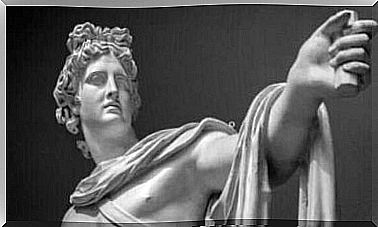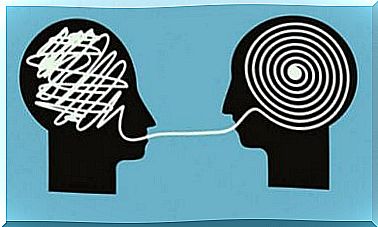The Borromean Node In Psychoanalysis
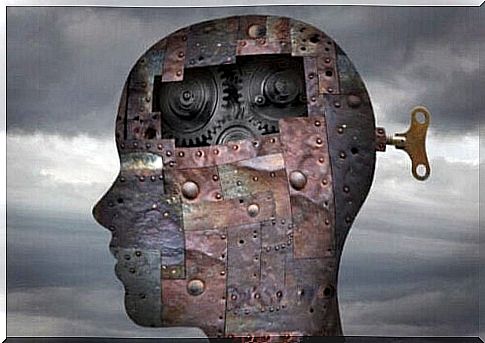
Because psychoanalysis is complex, many experts use metaphors and analogies to make ideas easier to understand. One of these analogies is the Borromean node, an ingenious way of describing how our minds work.
Learning about the Borromean node is a journey into Lacanian psychoanalysis, which explores different aspects of individual thoughts, feelings, and behaviors. It also looks at an individual’s connection to reality.
Jacques Marie Emile Lacan was a French psychoanalyst and psychiatrist born in 1901. He was one of the most relevant divs in modern French structuralism. His theories were met with equal parts acceptance and rejection.
He was involved in the Freudian movement, which caused some tension with the international psychoanalytic organization. In fact, he ended up distancing himself from the organization. In 1964 he founded the Freudian school in Paris.
His contribution to psychoanalysis is related to philosophy, linguistics and art. He was friends with artists such as Andre Breton and Salvador Dali and developed on the work of Heidegger, Strauss and Hegel. Lacan’s work is somewhat controversial.
Some believe it has no Freudian roots, though Lacan himself defended a return to Freud. He claimed that psychoanalysts are not neutral listeners, and subconsciously emphasized desire and joy.
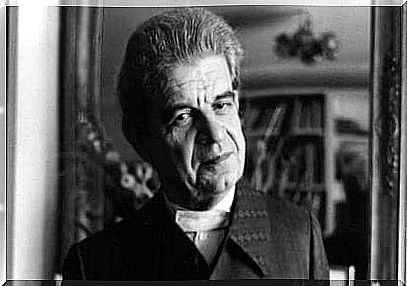
What is the Borromean node?
Lacan used this node to help describe the structure of talking objects, divided into the following parts:
- The imaginary. This is the first register associated with images. At the base, the structure of the self, which develops through images of the other through identification, starting with the mother.
- Symbolic register. This is essentially linguistic in nature. It is related to the intersubjective field in which we exchange information with each other. It is also connected with knowledge, culture and the great “other”.
- The real thing. This is all that cannot be represented by images or language. In other words, what we can not think or know or what you resist. It differs from reality in the way that you understand the world so that it fits into symbolic or imaginary registers. The real, on the other hand, lacks meaning.
Therefore, the Borromean node is a typology. In his book, On The Names Of The Father , Lacan suggests that the three registers are represented in each subject.
In addition, they must be linked together for the reality of the subject to be lasting
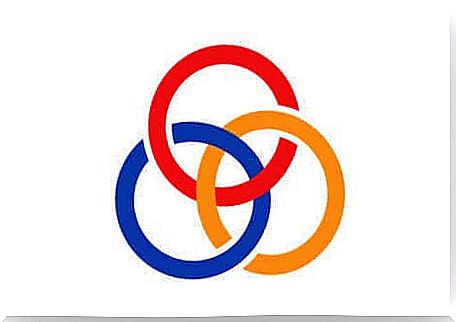
Concepts associated with the Borromean node
At one point in Lacanian history, there were only three registers in the Borromean node. Lacan added a fourth register, which he called sinthome. It connects the real, the symbolic and the imaginary.
Sinthome helps the subject to anchor himself in such a way that it can connect with reality and adapt to it. It acts as an enclave for the subject. If released, it can lead to psychosis.
Another concept from Lacan is the Name of the Father, which serves as a fundamental law. It is the important importance that enables all three registers to remain interconnected. So Lacan believed that the paternal function is the anchor of a person’s symbolic activity that the law imposes.
Language goes through the impulses and motivates the individual towards the desired object. If you satisfy your desire, you will experience joy. If not, you will experience the opposite. Eventually, when you go against reality, the ghost shows up.
Your mental structure
Finally, the borromic node represents the connection that makes up your mental structure. The symbolic shows you that there are laws that regulate interactions and are inextricably linked to the language that creates the world. The imaginary is related to the mirror image of the body, which allows you to identify yourself.
The real is everything that has to do with existence. These are things that do not make sense and are difficult to put into words.
So the way your knot is tied (or broken) determines your mental structure. Sinthome also appears as a fourth register, which prevents incipient psychotic behavior. In short, the Borromean node is a fascinating analogy to understanding how the mind works.

